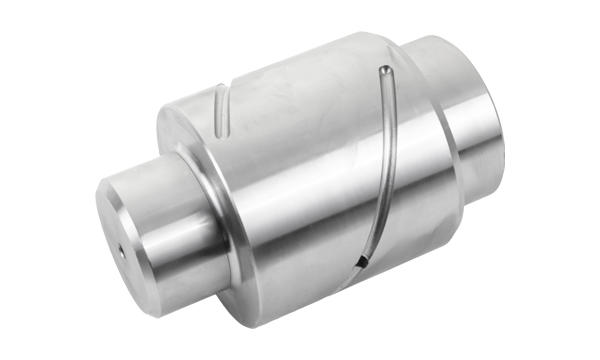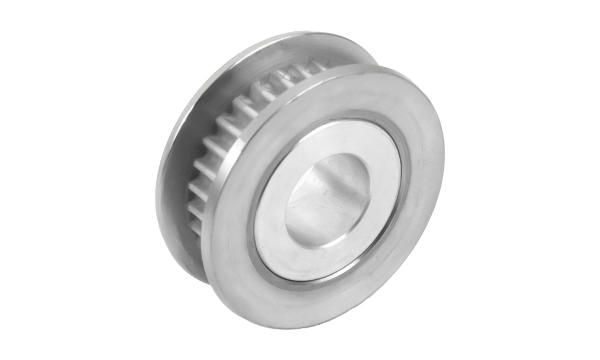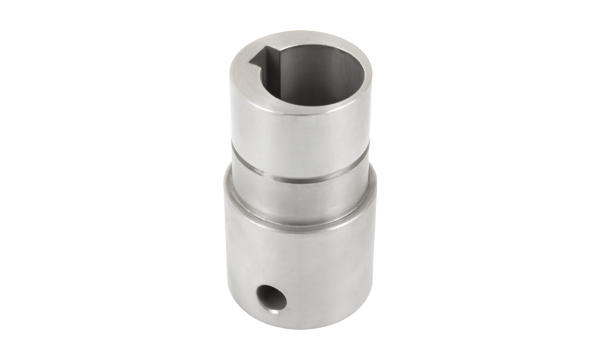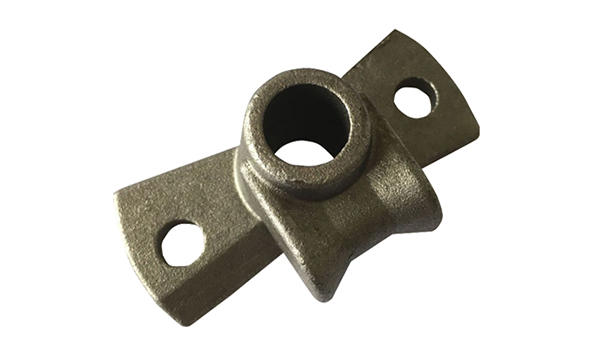The Lowdown on Lost Wax Casting
Posted by Admin
You may be familiar with the ancient process of Lost Wax Casting, but what exactly is it? This ancient process involves several steps, including the creation of a wax pattern or master. The process utilizes a variety of metals, including iron and aluminum, and produces parts of exceptional accuracy and tolerances. To learn more, read on! We’ve got the lowdown on what you can expect from Lost Wax Casting.Ancient processThe ancient process of lost wax casting dates back to the Bronze Age. People in the ancient Mediterranean world used this technique to make bronze statues and large sculptures. In fact, the technique was the most common method of metalworking in ancient Greece and Rome. Several pieces of ancient art were made using this technique, including Gautama Buddha, a statue of the goddess of wisdom, and delicate wire ornaments. Ancient Indians and Greeks also used the lost wax casting process to make small objects, including jewelry and sculptures.Heavy iron armatureX-rays of a Bronze sculpture show that it is a work of art with a heavy iron armature. This is a key feature of the direct lost-wax method of casting. Making the iron armature requires blacksmithing skills. By bending the iron rods and securing them with wire, the sculptor can control where each arm of the sculpture will be positioned. This armature provides the underlying support and strength to the clay sculpture.Lightweight partsLost Wax Casting is a great way to manufacture high-quality lightweight parts in a short period of time. The process uses fewer resources and manpower than other casting methods. In addition, lost wax casting requires no post-processing, so costs are kept low for quality parts. What’s more, it eliminates waste, since parts are not finished after casting. This makes it a great option for manufacturers of lightweight parts for vehicles.Fine detailsThe lost-wax casting technique is an ancient one. It became famous in the Mediterranean during the Bronze Age. During that period, the technique was a dominant metalworking process and was used to create large bronze statues in Greece and Rome. These bronze sculptures are truly beautiful and will last for years to come. Sculptors use the lost-wax technique to produce one-of-a-kind pieces.Minimal post-processingThe process of losing wax casting is a valuable option for manufacturing precision parts for the pharmaceutical industry. Parts of this process must withstand high temperatures and sterilization, which is critical to their use in the pharmaceutical industry. Loss wax casting products are highly polished, ensuring that bacteria cannot accumulate on them. This smooth finish ensures that the product meets all regulatory requirements. Moreover, lost wax casting is the preferred method for manufacturing surgical instruments and stents.
















